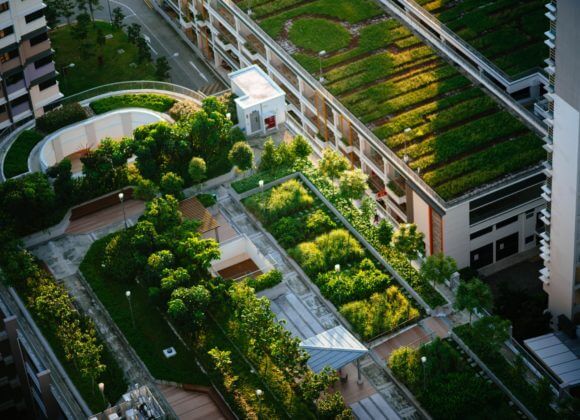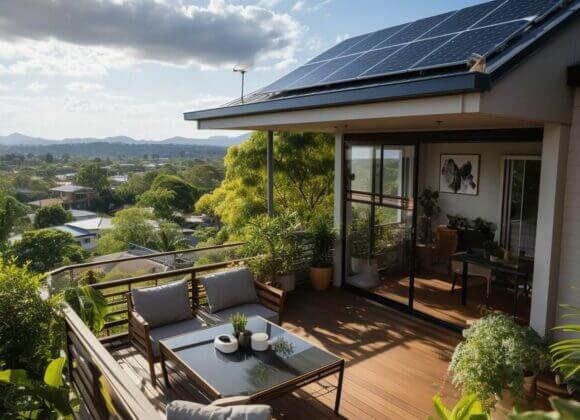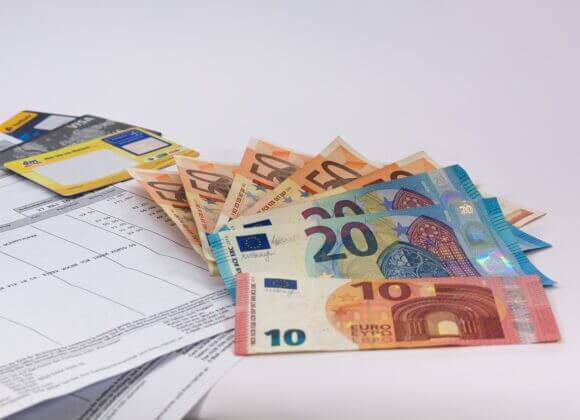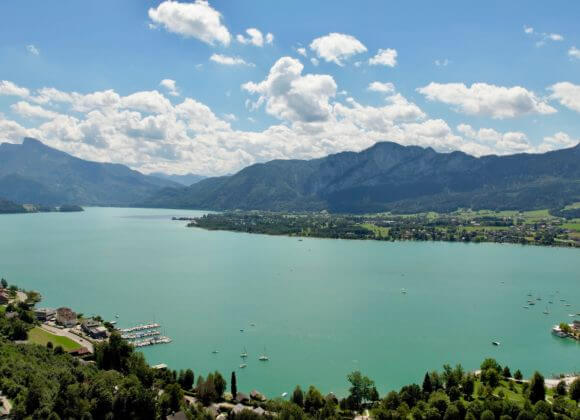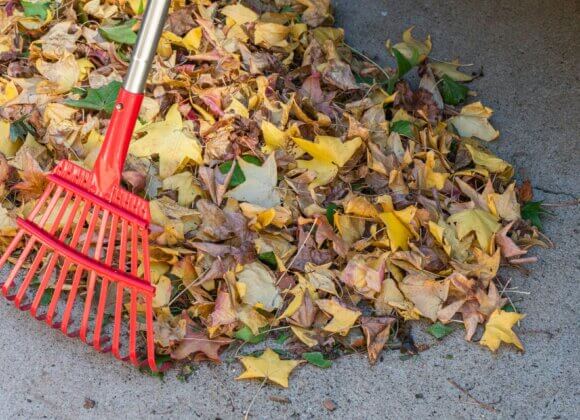Minimum reserve: financial buffer for repairs
The maintenance of residential buildings, which is paid for from the repair fund, can be very expensive. To ensure that the pot is filled, a legally prescribed minimum amount for the monthly reserves has applied since July.
If properties require various maintenance work or need to be renovated, the community of owners can incur considerable costs. Just think of the decarbonization measures. According to studies, this can cost up to 400 euros per square meter.
In order to be prepared for this and similar work, communities of owners are legally obliged to build up reserves. “They are the owners’ financial buffer for financing maintenance and improvement work or repairing damage,” says lawyer Valentina Philadelphy-Steiner. So far, however, the reserves built up have often not been enough to cover the costs. “The legislator only spoke of a ‘reasonable’ amount,” says Philadelphy-Steiner.
In the past, the owners (or the property manager) were therefore free to determine the amount of the minimum reserve to be paid each month themselves. “There were two views: One side practiced thrift and only wanted to have necessary work carried out, while the other wanted to keep the property in good condition for the long term,” says the lawyer.

Since July 2022: New minimum reserve
In view of the energy transition to be mastered, the legislator has reacted and set a minimum reserve as part of the amendment to the Condominium Act, which has been mandatory since July 2022. It is 90 cents per square meter of floor space per month. The minimum reserve is revalued every two years in line with the CPI; it will be adjusted for the first time on 1 January 2024.
But there are also exceptions: According to the law, the minimum monthly reserve can be lower, namely
- due to the particular extent of the existing reserve
- due to a recent new construction or renovation of the building
- or if, in the case of a terraced or detached house complex, the condominium owners have contractually assumed the maintenance obligation pursuant to § 28 para. 1 no. 1 WEG (general parts of the property, repair of serious damage in a condominium property).
Loan without land register
Of course, a higher reserve may continue to be formed. For example, when extensive renovation work is due in the next few years. Whether a minimum reserve or a deviation from this – what remains the same is that the reserves may be invested “profitably” by the property manager or the community of owners in a joint account and may only be used for specific purposes. Specifically, this applies to maintenance and improvement work and the repair of damage. An annual statement of the reserves must be prepared and submitted in writing to all condominium owners.
If the costs of maintenance and improvement work cannot be paid from the repair fund, a special levy, a one-off amount, can be collected. External financing is also possible. Property managers can take out a loan for the community of owners for which the bank does not have to be listed in the land register.
What is new in this context since July is that, in the case of loan financing for maintenance and improvement work, the property manager can grant condominium owners the option of covering their share from their own liquid funds. A condominium owner who makes use of this option does not have to bear any loan costs.
Incidentally, if an owner sells their apartment, they will not receive the reserves they have set aside for future work. However, he can include them in the purchase price, as a higher reserve is considered to increase the value.
Related posts:



